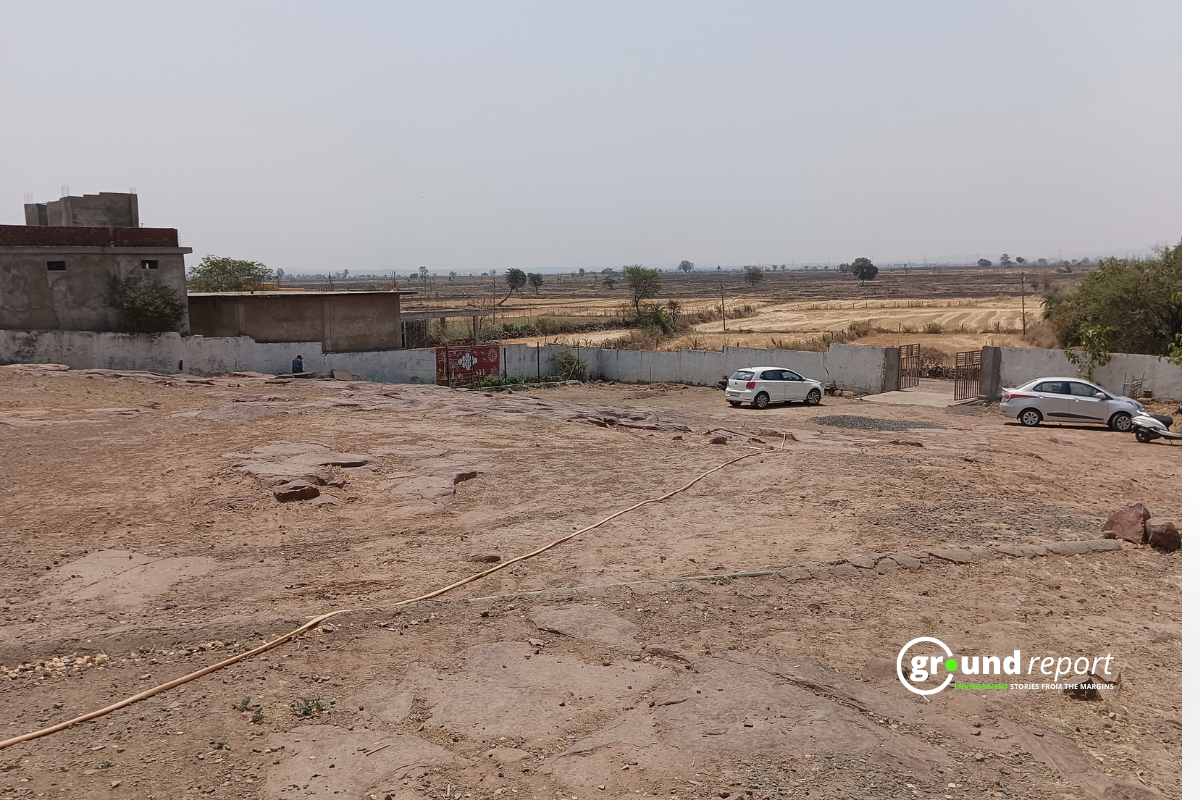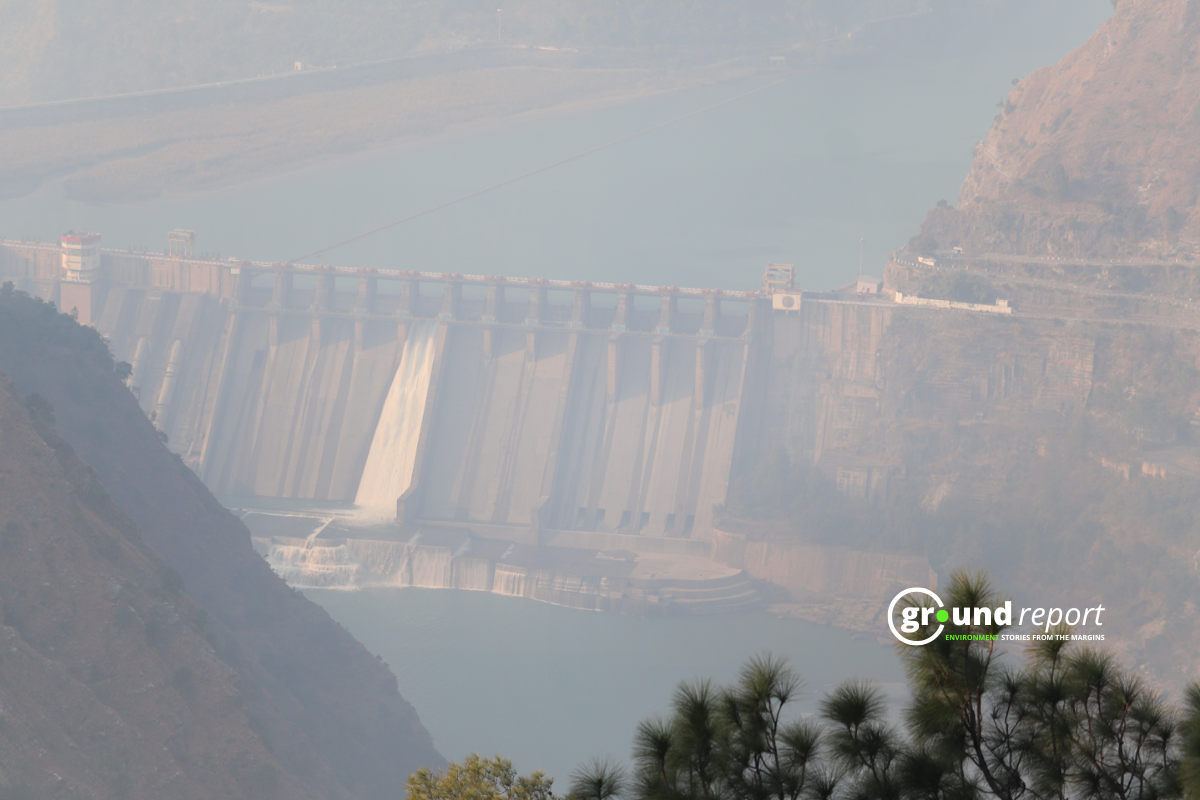Some extreme weather events, such as heat waves, have a “clear and clear” relationship to climate change around the world, while with others, such as cyclones, the role of global warming in each event is more variable.
In the case of heat waves, moreover, it is “likely that insurers, economists and governments underestimate the extent of the repercussions,” indicates a study published Tuesday by the University of Oxford, Imperial College London (United Kingdom UK) and Victoria University of Wellington (New Zealand).
The scientists relied on hundreds of “attribution” studies, or investigations that aim to calculate how climate change affected an extreme event. Luke Harrington, a climate scientist at Victoria University of Wellington, explained that for extreme heat waves and rainfall events, “we find that we have a much better understanding of how the intensity of these events is changing due to climate change.”
However, they did not reach the same understanding of how climate change influences wildfires and droughts. Regarding heat waves, it was concluded that, while before there was a 1 to 10 chance of their occurrence, now the chances have tripled.
They used the latest report from the Intergovernmental Panel on Climate Change and the results of a growing body of attribution studies. They use meteorological observations and climate models to determine the role of climate change in certain meteorological phenomena.
The authors found that for some extreme weather events, such as heat waves, “the link to climate change is clear and clear around the world, and insurers, economists and governments may be underestimated”. For other events such as tropical cyclones, the study suggests that “there are significant differences between regions and the role played by climate change in each event is more variable than in the case of heat waves.”
The most extreme and intense weather events, such as heat waves, droughts and torrential rains, have increased dramatically in recent years, affecting the entire planet’s population.
In addition, there is an “urgent” need for more data from low- and middle-income countries, where the effects of climate change are being felt most strongly.
The team says that when national weather data is not publicly available, research on these effects is hampered. Examples include Poland, where they are only accessible via heavy-duty, or Somalia, where messy regime changes have disrupted the measure. Attribution science has made significant progress linking the effects of extreme weather events and human-induced climate change, but large gaps in published research continue to obscure the full extent of climate change damage, it warns.
They now have the tools and knowledge to build on it, but it needs to be applied equally around the world “to improve our understanding in areas where evidence is lacking”. Otherwise, according to Otto, “countries are being deprived of the knowledge to make the best use of scarce money and improve the chances of people living safely and adapting to climate change.”
Climate change is a reality and India and Pakistan have recorded extremely high temperatures in the spring. In a new article in the scientific journal Advanced Earth and Sciences, researchers at the University of Gothenburg, among others, paint a bleak picture for the rest of the century.
Heat waves are expected to increase, affecting 500 million people every year. In turn, they can cause food shortages, death, and refugee flows when the heat reaches levels humans can tolerate. But this does not need to happen if measures are taken to meet the goals of the Paris Agreement, the researchers say.
In India and Pakistan, heat waves with temperatures exceeding 40 degrees in the shade are a form of extreme weather that directly threatens life. In the new paper, the researchers outline different scenarios for the consequences of heat waves in South Asia by the year 2100.
“We established a link between extreme heat and overpopulation. At best, we managed to meet the goals of the Paris Agreement, which adds about two heat waves per year, leaving about 200 million people vulnerable to heat waves. But if countries continue to contribute to the greenhouse effect, as they do now, by clearing and building land that is actually helping to reduce global temperatures, we think that by 500 million There could be five more heat waves in a year with more people. They will be exposed by the end of the century,” explained Deliang Chen, a professor of physical meteorology at the University of Gothenburg and one of the paper’s authors.
Keep Reading
Part 1: Cloudburst in Ganderbal’s Padabal village & unfulfilled promises
India braces for intense 2024 monsoon amid recent deadly weather trends
Support us to keep independent environmental journalism alive in India.
Follow Ground Report on X, Instagram and Facebook for environmental and underreported stories from the margins. Give us feedback on our email id greport2018@gmail.com.
Don’t forget to Subscribe to our weekly newsletter, Join our community on WhatsApp, and Follow our YouTube Channel for video stories.









